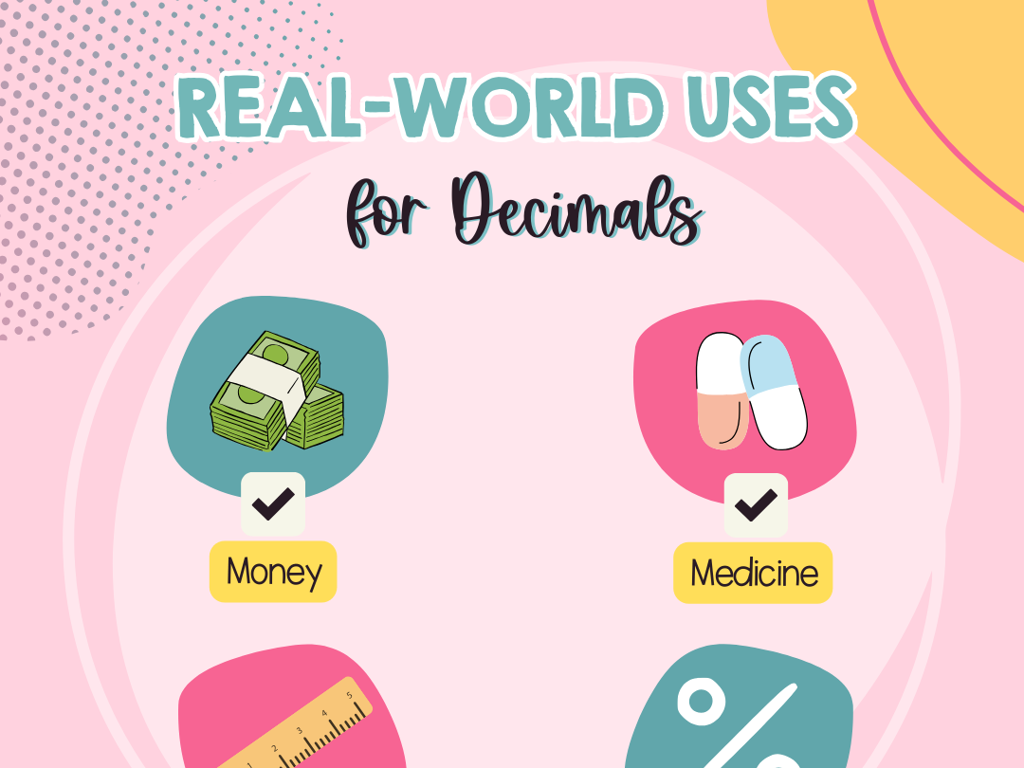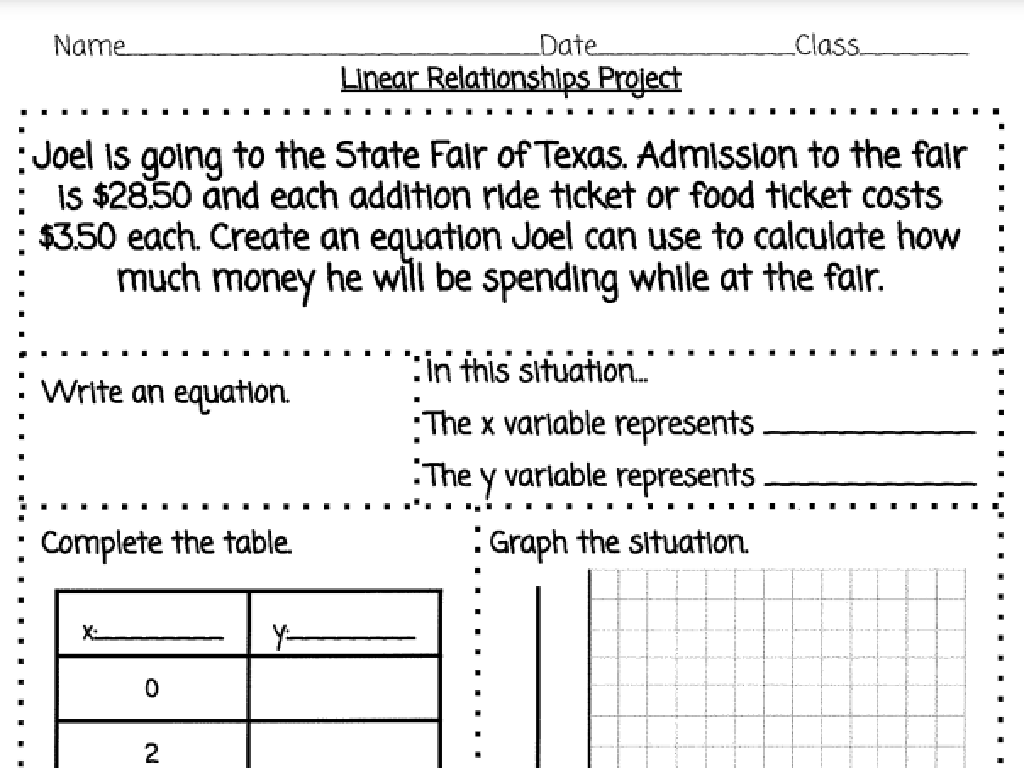Select Countries Of Europe: Review
Subject: Social studies
Grade: Seventh grade
Topic: Europe: Geography
Please LOG IN to download the presentation. Access is available to registered users only.
View More Content
Exploring Key Countries in Europe
– Overview of European geography
– Europe’s diverse landscapes include mountains, plains, and seas.
– Significance of learning about countries
– Knowing about countries helps us appreciate cultural diversity.
– Cultural and historical impact
– Europe’s history shaped our world’s culture and politics.
– Economic and political relevance
– European Union’s role in global economy and politics is pivotal.
|
This slide introduces students to the geography of Europe, emphasizing the importance of understanding the different countries within this continent. Highlight Europe’s varied geographical features, from the Alps to the Mediterranean Sea, and discuss how these features have influenced the development of individual countries. Explain that learning about different countries promotes a greater appreciation for cultural diversity and helps students make connections between historical events and the modern world. Discuss the role of Europe in global affairs, particularly the influence of the European Union in economic and political spheres. Encourage students to think about how geography can shape a country’s culture, economy, and political relationships.
Exploring Europe’s Physical Geography
– Major mountain ranges in Europe
– The Alps, Pyrenees, and Carpathians
– Europe’s longest rivers
– The Danube, Rhine, and Volga rivers
– The vast European Plains
– Stretching across the continent, providing fertile land
– Significance of these features
– They shape climate, biodiversity, and human activity
|
This slide aims to review the major physical features of Europe, focusing on its mountain ranges, rivers, and plains. The Alps, Pyrenees, and Carpathians are significant for their biodiversity, climate influence, and as natural borders. Rivers like the Danube, Rhine, and Volga have been crucial for trade, transportation, and cultural exchange. The European Plains are one of the most extensive areas of flat land in Europe, playing a key role in agriculture due to their fertile soil. Understanding these features is essential for grasping how Europe’s geography has influenced its history, culture, and development. Encourage students to think about how these physical features have impacted the countries they belong to and their neighbors.
Climate Zones of Europe
– Europe’s diverse climates
– Ranges from Mediterranean to Arctic
– Climate’s impact on life
– Climate influences food, clothing, and activities
– Mediterranean vs. Nordic
– Warm, dry summers vs. cold, harsh winters
– Adaptations to climate
– Buildings, agriculture, and daily routines reflect climate
|
This slide aims to educate students on the variety of climate zones across Europe and how these climates influence the lifestyle and culture of the people living there. Discuss the characteristics of the Mediterranean climate, such as warm, dry summers and mild, wet winters, and how this leads to a lifestyle that often includes outdoor living and a diet rich in fresh fruits and vegetables. Contrast this with the Nordic climate, which has cold, long winters and short summers, affecting the clothing, housing, and activities of the inhabitants. Encourage students to think about how their own lives might differ if they lived in these climates. Provide visual examples or case studies to illustrate these differences in lifestyle and culture.
Exploring Cultural Diversity in Europe
– Europe’s cultural tapestry
– A continent with a mosaic of customs, cuisines, and arts.
– Language diversity in Europe
– Over 200 languages spoken across different regions.
– Unique festivals and traditions
– Oktoberfest in Germany, La Tomatina in Spain.
– Celebrating European diversity
– Embracing the variety enriches our understanding of the world.
|
This slide aims to highlight the rich cultural diversity found within Europe. It’s important to convey to students that Europe is not a monolith but a continent with a wide array of languages, traditions, and festivals, each contributing to the continent’s identity. Discuss the concept of a ‘cultural tapestry’ and how it represents the intricate blend of different cultures. Highlight the significance of language diversity, with Europe being home to a multitude of languages, from widely spoken ones like English, French, and German to lesser-known regional dialects. Provide examples of unique festivals such as Oktoberfest and La Tomatina, which reflect the customs and traditions of their respective countries. Encourage students to appreciate and respect cultural diversity, as it is a key component of Europe’s identity and a testament to the continent’s rich history.
Economic Activities in Europe
– Agriculture: France & Italy
– France is renowned for wine, Italy for olive oil.
– Industry: Germany & Scandinavia
– German precision in engineering, Scandinavian minimalistic design.
– Tourism: Famous Landmarks
– Eiffel Tower in France, Colosseum in Italy attract millions.
– Cultural Impact on Economy
– How culture shapes economic activities in different countries.
|
This slide aims to review the diverse economic activities across select European countries, highlighting the connection between geography, culture, and economy. Students should understand how the natural resources and cultural heritage of France and Italy contribute to their agricultural prominence in wine and olive oil production, respectively. The renowned engineering prowess of Germany and the world-famous Scandinavian design are examples of industrial success rooted in cultural values. Tourism is bolstered by iconic landmarks such as the Eiffel Tower and the Colosseum, which serve as symbols of national identity and historical significance. Discuss how these economic activities not only shape the economy but also reflect the cultural identity of each country. Encourage students to think about how the geography of their own region influences the local economy.
Political Systems in Europe
– Introduction to the European Union
– A political and economic union of 27 member states.
– Government types in Europe
– Monarchies, republics, and more govern European nations.
– Political cooperation among countries
– Countries form alliances for mutual benefits.
– Economic collaboration in Europe
– The EU and other agreements boost economic ties.
|
This slide introduces students to the complex political landscape of Europe, focusing on the European Union (EU) as a prominent example of political and economic cooperation. The EU is a unique political and economic partnership between 27 European countries that together cover much of the continent. Students should understand the variety of government systems present in Europe, including monarchies and republics, and how these different systems can coexist and collaborate. Emphasize the importance of political alliances and economic agreements, such as the EU, which allow countries to work together to achieve common goals, enhance trade, and ensure stability. Encourage students to think about how these systems compare to the United States and the impact of such cooperation on global affairs.
Exploring European Countries: A Review
– Recap of today’s geography lesson
– Significance of learning about Europe
– Understanding Europe’s role in global culture, economy, and politics.
– Interactive map activity
– Locate and label European countries on a map.
– Class discussion on European diversity
– Share thoughts on how European countries’ diversity affects the world.
|
Begin with a brief summary of the key points covered in today’s lesson, focusing on the geography of select European countries. Emphasize the importance of understanding Europe’s diverse cultures, languages, and economies, and how this knowledge is crucial for global awareness. For the interactive map activity, provide students with a blank map of Europe and ask them to label the countries discussed. This will reinforce their spatial awareness of the continent. Conclude with a class discussion, prompting students to think about the impact of European diversity on international relations, trade, and cultural exchange. Encourage students to share their insights and reflections on what they’ve learned.
Map Challenge: Labeling European Countries
– Pair up for a map labeling challenge
– Use a blank map of Europe
– Label each country correctly
– Discuss your knowledge of each country
– Share facts like capital cities, languages, and historical events
|
This class activity is designed to be interactive and collaborative, allowing students to apply their geographical knowledge of Europe in a practical exercise. Provide each pair with a blank map of Europe and a list of countries to label. As they work, encourage them to discuss the unique characteristics of each country, such as its capital city, official language, and significant historical events. This will reinforce their learning and help them make connections between different pieces of information. For the teacher: Prepare the blank maps and country lists in advance. Consider having a few extra activities for fast finishers, such as finding major rivers, mountain ranges, or designing a trivia quiz based on the countries they’ve labeled.






